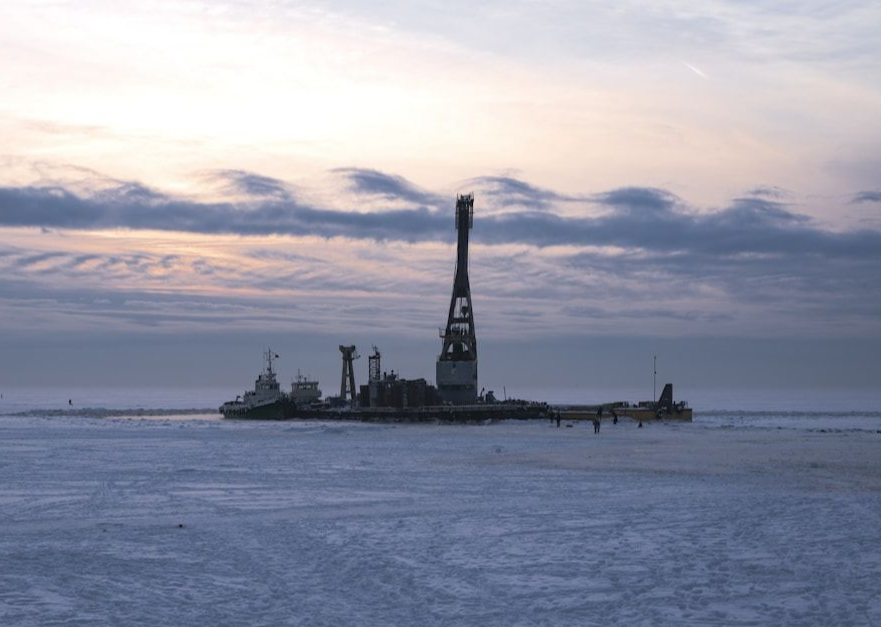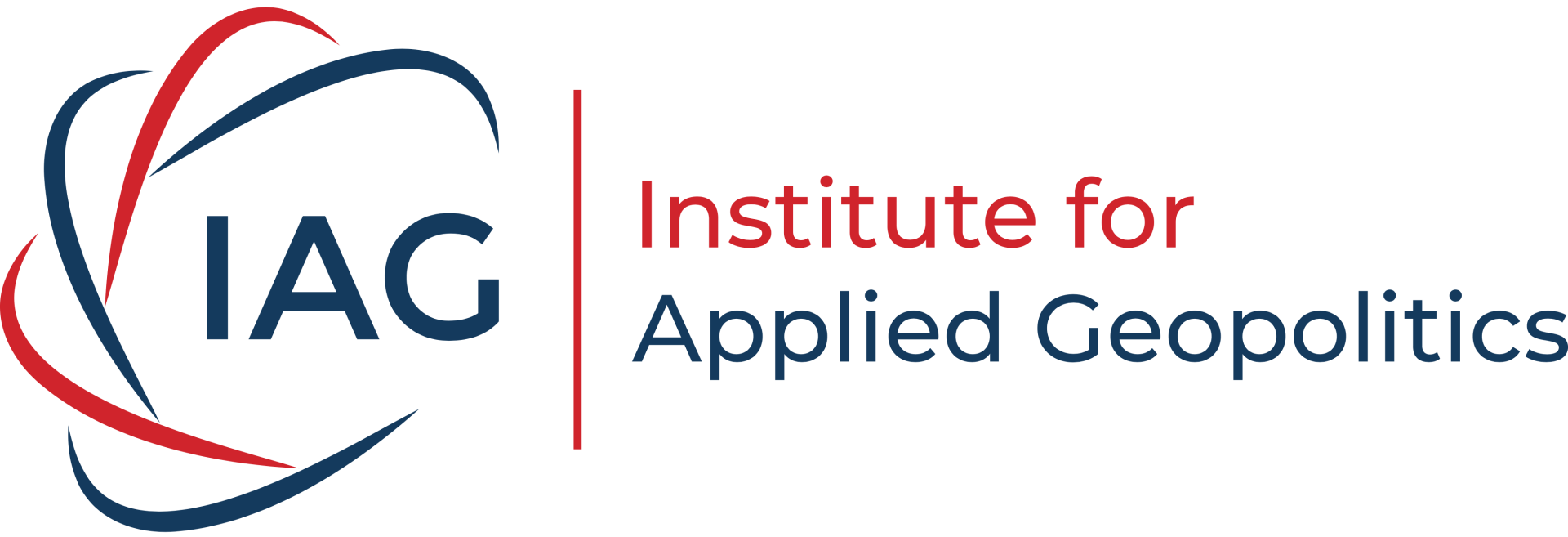Energy, Missiles, and AI: How India and China Are Reshaping Global Power Dynamics

Intelligence Summary
Recent developments highlight intensifying great power competition centered on energy security, military deterrence, and shifting alliances. A key trend is the deepening of energy ties between Russia, China, and India, as Western sanctions continue to reshape global oil and gas flows. Reports indicate that Chinese refiners have significantly increased imports of Russian crude oil, with volumes reaching record highs in mid-2025. This surge reflects both discounted Russian pricing and Beijing’s strategic decision to secure long-term energy supplies despite Western pressure to reduce dependence on Moscow. Similarly, Russia has expanded crude shipments to India, which has become one of the largest buyers of Russian oil since 2022. Moscow’s energy exports to New Delhi have grown steadily, with reports in August 2025 confirming continued large-scale deliveries despite Western sanctions.
India’s role in this shifting energy landscape is reinforced by its broader strategic moves. On August 20, 2025, India test-fired a nuclear-capable ballistic missile, with official statements confirming the successful launch. The missile test was widely reported as part of India’s ongoing efforts to modernize its strategic deterrent capabilities. The test was covered by multiple outlets, with details confirming that the missile was capable of carrying nuclear warheads and had a range sufficient to target regional adversaries. This development coincided with reports that India approved a $7.6 billion defense procurement package, further underscoring its commitment to strengthening military capabilities.
Diplomatic maneuvering has also intensified. Reports suggest that India is seeking to balance its ties with Russia and China amid friction with the United States. Analysts noted that New Delhi has been deepening cooperation with Moscow and Beijing in energy and defense while simultaneously positioning itself as a democratic partner for Washington. Former U.S. ambassador Nikki Haley publicly urged Washington to treat India as a prized democratic ally, reflecting ongoing debates in U.S. policy circles about how to manage India’s strategic autonomy.
China’s role in this competition is multifaceted. Beijing has continued to assert itself in maritime and technological domains. Reports highlight that both formal and informal guidelines have been placed on China’s technology firms to refrain from purchasing Nvidia H20 chips, signifying that a failure to comply would result in substantial fines. At the same time, China has engaged Afghanistan in talks over mining and Belt and Road participation, signaling its intent to expand influence in Central Asia’s resource sector.
Responses to these developments have been mixed. A German town has launched efforts to reduce dependence on Chinese rare earths, reflecting Europe’s growing concern about Beijing’s dominance in critical minerals. German Foreign Minister Johann Wadephul, during a visit to Indonesia, warned that China’s maritime assertiveness poses risks to European security, linking Indo-Pacific developments directly to European strategic interests. Meanwhile, New Zealand’s intelligence agency publicly identified China as the most active security threat to the country, underscoring the global scope of concerns about Beijing’s activities. Finally, Taiwan has been working to rewire North America’s AI hardware supply chain, a move aimed at reducing dependence on Chinese technology ecosystems.
Why it Matters
The developments outlined above demonstrate how energy security, military deterrence, and technological competition are converging into a single arena of great power rivalry. Russia’s ability to redirect oil exports to China and India despite Western sanctions illustrates the limits of Western economic pressure. By securing long-term buyers in Asia, Moscow has mitigated the intended impact of sanctions, while simultaneously deepening its integration into a Eurasian energy bloc. This shift reduces Western leverage and creates a more resilient Russia-China-India energy triangle that could endure for years.
India’s nuclear-capable missile test and its $7.6 billion defense procurement package highlight its determination to maintain credible deterrence against both China and Pakistan. These moves also signal to Washington that India will not be a passive partner but an assertive power pursuing its own strategic autonomy. The fact that India is simultaneously expanding energy ties with Russia while being courted by U.S. policymakers underscores the delicate balance New Delhi is attempting to maintain. For the United States, this creates both opportunities and challenges: India is indispensable as a counterweight to China, but its refusal to align fully with Western sanctions on Russia complicates alliance management.
China’s actions reveal a dual strategy of consolidating energy and resource security while pushing forward in technology and maritime influence. Its continued purchase of Russian oil and advanced AI chips, despite restrictions, demonstrates Beijing’s willingness to circumvent constraints to secure strategic advantages. Its engagement with Afghanistan on mining and Belt and Road projects further reflects a long-term strategy to dominate resource supply chains. These moves, combined with assertive maritime behavior, explain why European leaders such as Johann Wadephul are increasingly linking Indo-Pacific security to European interests.
Western responses, such as Germany’s efforts to diversify rare earth supplies and Taiwan’s restructuring of AI hardware supply chains, show that the U.S. and its allies are attempting to build resilience against Chinese dominance. However, these efforts are fragmented and face significant time lags compared to the speed of Chinese and Russian maneuvering. New Zealand’s intelligence assessment that China is the most active security threat illustrates how concerns about Beijing are no longer confined to the Indo-Pacific but are now global in scope. These developments highlight how technology competition is increasingly intertwined with energy and security issues.
The broader implication is that the world is moving toward a multipolar order where energy, military, and technology alignments are increasingly regionalized. The Russia-China-India axis in energy and defense is becoming more entrenched, while the U.S. and its allies are scrambling to secure alternative supply chains and reinforce deterrence. This dynamic increases the risk of miscalculation, particularly in South Asia, where India’s missile tests and defense buildup could trigger countermeasures from China or Pakistan.
This rapidly evolving geopolitical environment illustrates that great power competition is no longer confined to military posturing or diplomatic rhetoric. It is now embedded in the flows of oil, the supply of rare earths, the architecture of AI hardware, and the credibility of nuclear deterrence. The interplay of these factors will shape the strategic environment for years to come, with India emerging as a pivotal swing state, Russia as a sanctions-resistant energy supplier, China as a resource and technology competitor, and the West as a bloc struggling to adapt to a rapidly shifting balance of power.
Key Actors
- Russia
- China
- India
- United States
- Germany
- Taiwan
- New Zealand

